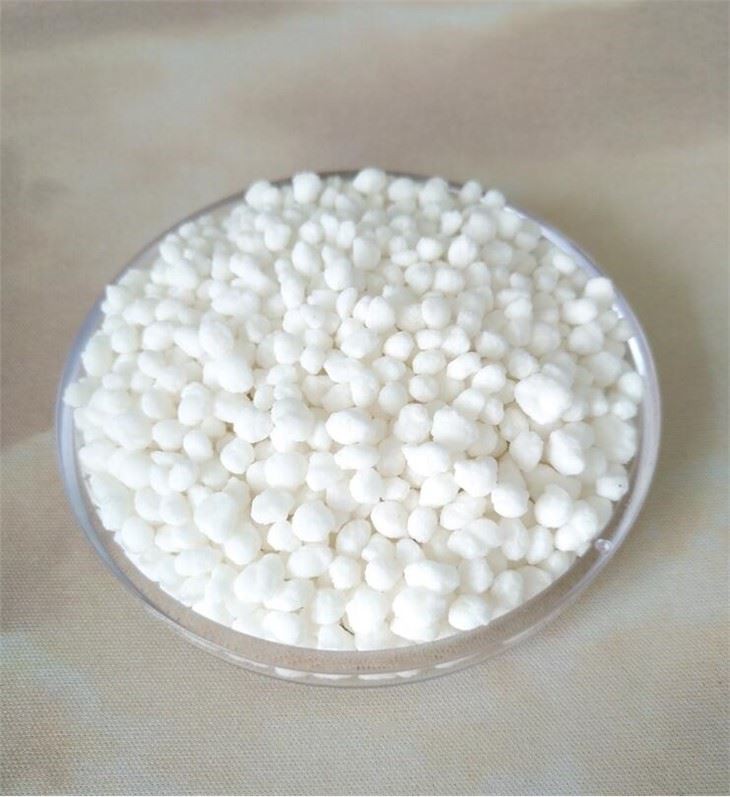



Chemical Structure and Properties of Sodium Chlorite for Industrial Applications
Understanding Sodium Chlorite Formula and Applications
Sodium chlorite, with the chemical formula NaClO2, is a unique compound that has garnered attention for its various applications across industries, particularly in water treatment, disinfection, and even in certain industrial processes. Understanding its chemical structure, properties, and uses is essential for comprehending its role in both commercial and environmental contexts.
Chemical Structure and Properties
Sodium chlorite consists of one sodium ion (Na+) and one chlorite ion (ClO2-). The presence of the chlorite ion is what gives sodium chlorite its distinctive properties. Chlorite is a chlorine-based compound, meaning it contains chlorine in a form that can readily participate in chemical reactions. In its solid state, sodium chlorite is a white powder, which is highly soluble in water, making it easy to use in various applications.
The oxidation state of chlorine in sodium chlorite is +3, which is relatively unstable compared to other chlorine compounds. This instability is key to its reactivity; sodium chlorite can release chlorine dioxide (ClO2), a potent disinfectant and oxidizing agent, under specific conditions. This property makes sodium chlorite valuable in several applications, primarily due to its ability to eliminate pathogens and contaminants.
Understanding Sodium Chlorite Formula and Applications
1. Water Treatment One of the most significant uses of sodium chlorite is in municipal water treatment. It is employed as a disinfectant to purify drinking water, helping to reduce harmful microorganisms. When sodium chlorite is added to water, it can generate chlorine dioxide, which is effective in killing bacteria, viruses, and protozoans. This makes sodium chlorite an essential component in ensuring the safety of public drinking water supplies.
formula of sodium chlorite

2. Disinfection Beyond water treatment, sodium chlorite is widely used in commercial settings for disinfecting surfaces. It can be found in various cleaning products and is particularly beneficial in healthcare environments where the risk of infection is high. Its effectiveness against a broad spectrum of pathogens, including antibiotic-resistant strains, makes it a preferred choice in hospitals, clinics, and laboratories.
3. Bleaching Agent Sodium chlorite is also utilized in the pulp and paper industry as a bleaching agent. It helps in brightening paper without the harmful effects associated with traditional chlorine bleaching methods. The use of sodium chlorite promotes an environmentally friendly approach to bleaching, reducing harmful byproducts and improving the overall safety of the bleaching process.
4. Industrial Uses In addition to its applications in water treatment and disinfection, sodium chlorite is employed in various industrial processes. It is used in the textile industry for bleaching fabrics and in the food industry for sanitizing equipment and surfaces. Moreover, sodium chlorite finds applications in the production of certain chemicals and as a reagent in chemical synthesis.
Safety and Handling
While sodium chlorite is a valuable compound, it must be handled with care. It is important to follow safety guidelines when using or storing this chemical, as it can pose hazards if mishandled. Sodium chlorite can be corrosive to the skin and eyes, and inhalation of its dust or vapors should be avoided. When used in disinfection or water treatment, proper concentration levels must be maintained to ensure safety and effectiveness.
Conclusion
In conclusion, sodium chlorite (NaClO2) is a versatile compound with a wide range of applications, particularly in water treatment, disinfection, and industrial processes. Its ability to generate chlorine dioxide makes it an effective agent for killing pathogens and purifying drinking water, while also serving as an environmentally friendly bleaching agent. As industries continue to seek effective and safe solutions for sanitation and disinfection, sodium chlorite will likely remain an important chemical in both commercial and industrial use. Understanding its properties and applications is crucial for harnessing its potential while ensuring safety and efficacy in its usage.
-
Why Sodium Persulfate Is Everywhere NowNewsJul.07,2025
-
Why Polyacrylamide Is in High DemandNewsJul.07,2025
-
Understanding Paint Chemicals and Their ApplicationsNewsJul.07,2025
-
Smart Use Of Mining ChemicalsNewsJul.07,2025
-
Practical Uses of Potassium MonopersulfateNewsJul.07,2025
-
Agrochemicals In Real FarmingNewsJul.07,2025
-
Sodium Chlorite Hot UsesNewsJul.01,2025










